Back in 2017, we shared a very extensive posts about light bulbs. One of my favorite subjects. It’s been a very popular post that people ask for a link to all the time except most of the bulbs we shared as favorites in that post are nowhere to be found now! So, we thought it was time to do an updated post on our favorite bulbs with way better visuals 4 years later. Because you can spend all the time in the world outfitting your spaces with cute lights, but if the bulbs aren’t right–what good are they anyway?! Did I lose you? I hope not because truly, the lighting in a room can (and will) make or break the overall look and feeling.
We did a little experiment in Polly’s room switching out light bulbs to demonstrate the difference a light bulb can make. First up, Lumens.
I’m sure you’ve heard about watts, but fortunately almost every bulb has become more energy efficient so while a box will list the watt equivalent conversion, what you should really be looking at is Lumens!
What are Lumens? Watts measure the amount of energy required to light products, whereas lumens measure the amount of light you are getting from a bulb–aha! The more lumens in a light bulb, the brighter the light. We typically buy things based on how much of it we get, right? When buying milk, we buy it by volume (gallons). So, why should light be any different? For decades, we have been buying light bulbs based on how much energy they consume (Watts) — no matter how much light they give us (Lumens). But not anymore. Every box will tell you how many lumens the bulb will put out.
Since the energy bulbs use are now all significantly lower (yay!), it is very important to become familiar with how much brightness you want. We have a great variety of different lumens in our house depending on the use. An 800LM bulb might be great for a lamp in the the corner of the living room, but I like something softer, like a 400 for the bedroom. Or even a 200 for an exposed bulb! Less lumens for an exposed bulb is ALWAYS best.
Which brings us to the next big component when choosing a bulb–Kelvin, or temperature!
You’ve probably noticed some light bulbs look a lot warmer, or orange even (think: typical edison bulb) while some look so blue! That’s Kelvin color in a nutshell and you have power over that. Color temperature is a way to describe the light appearance provided by a light bulb, it is measured in degrees of Kelvin (K) on a scale from 1,000 to 10,000–although typically you’ll find 2000-5000K available in stores for you to buy for your home. The color of a bulb can affect everything from mood of an entire space to the way a paint color looks–it’s really important.
You can use Kelvin temperature to help guide you in determining which fixture is right for each room. Whether you need an ambient source of light or one for highly-focused task lighting, keep in mind the Kelvin ranges from the chart above.
Be sure to check out this reel we posted on Instagram for more of a visual and don’t forget to turn up your volume!
And since this is our blog, I’ll add my personal opinion. To me, “neat, clean, efficient, bright, alert” on the Kelvin scale can translate to “sterile” really fast in your home. I’ve never been into “daylight” bulbs. I play with lumens always, but am pretty strict on Kelvin color. 3000K. Period. It’s clean and inviting without being too warm or sterile. (occasionally I’ll use a 2750K for a lamp or just decrease the lumens or both!)
And as an updated source for where to get the mystical 3000K bulb–I get ours at Target!!! I linked them and the other bulbs we used in this post below for reference. I think most importantly, keep the color pretty consistent throughout your house. I can spot a 5000K bulb mixed with a 2750 a mile away.
Leave a Reply
What do you think?
Previous Post
Next Post
Semihandmade
Our wood grain Shaker cabinet fronts were designed for busy, high-traffic homes like ours. Clad with durable textured thermofoils, this line is compatible with Sektion, Akurum, Godmorgon, and Besta cabinets from IKEA. It's the perfect, practical way to add the warmth of wood to all the rooms of your home.
Collaborations
learn more
next
Loloi
We have teamed up with Loloi to create a line of rugs that are as affordable as they are beautiful. This collection houses a great mix of traditional and modern rugs, in cottage-y colorways, as well as vintage-inspired beauties that you’ll want to roll out in every room.
Collaborations
learn more
next
STUGA
We partnered with Stuga on a line of hardwood floors — The Ingrid is really livable, and the color is very neutral. It doesn’t lean warm or cool, it’s that just right in-between. We have really loved putting it everywhere in our house. It’s the best jumping-off point for design, no matter your interior style. In addition to being beautiful, Ingrid is really durable — we have three kids, and we always have a home construction project going on. Ingrid stands up to it all.
Collaborations
learn more
next
SHop all
What We're Right Now
What We're Right Now
Looking for our favorite things? A place to shop our home room by room, or just catch up on what Julia's wearing / loving right now? Browse the CLJ shop.
Loving
Portfolio
Design
Befores, afters, mood boards, plans, failures, wins. We’ve done a lot of projects, and they’re all here.
BROWSE BY CATEGORY
let's break this thing up
We have a long-standing relationship with DIY, and love rolling our sleeves up and making it happen.
Projects
Even when you don’t want to rip down a wall, you can make that space in your home better. Right now.
read more
read more
read more
02
01
03
looking for inspiration?
A reader recently asked me if I’m starting to fully embrace traditional style and whether we still consider our house to be a “modern Colonial” and why. It was a really great question and so timely — I had really just been thinking about my approach to this home and how my style has changed […]
SEARCH THE BLOG
We've been doing this since 2009 and we've posted a whopping 24145+ blog posts and counting. You might need a little help searching, huh?
looking for something?
find stuff like:
Can We Send You Our Love Letter?
Another way for us to stay in touch! Joining our weekly newsletter gives you access to exclusive content, never-before-seen photos, your questions answered, and our favorite DIYs. Sign up below!
Follow Along on Instagram
Welcome to our online community where we've posted home, DIY, style, renovations, and family since '09. Renovating our #cljmoderncottage in Idaho and headed for new adventures in Raleigh, NC. #cljfam #cljtransformations
@chrislovesjulia
Links
Get Around
Make yourself right at home
Portfolio
Design
Casual Friday
Projects
Lifestyle
Gift Guides
All Posts
Shop
Love where you live.
Social
RivrLinks
Links
Get Around
Make yourself right at home
Portfolio
Design
Casual Friday
Projects
Lifestyle
Gift Guides
All Posts
Shop
Love where you live.
Social
RivrLinks

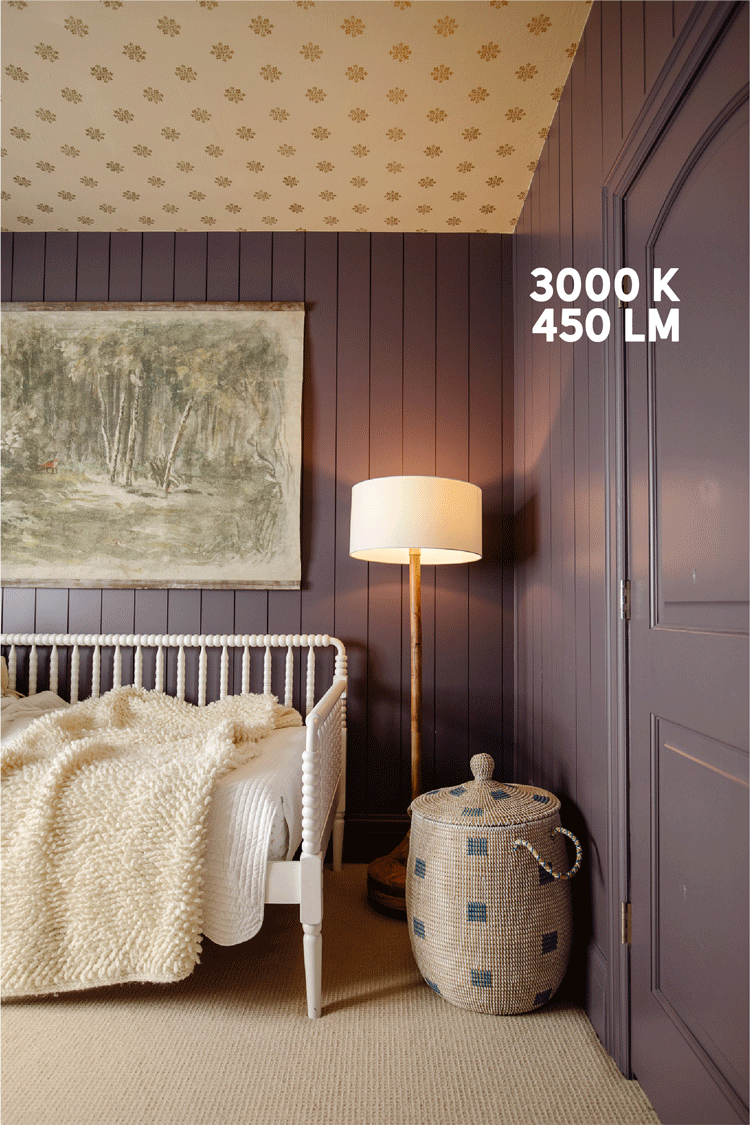
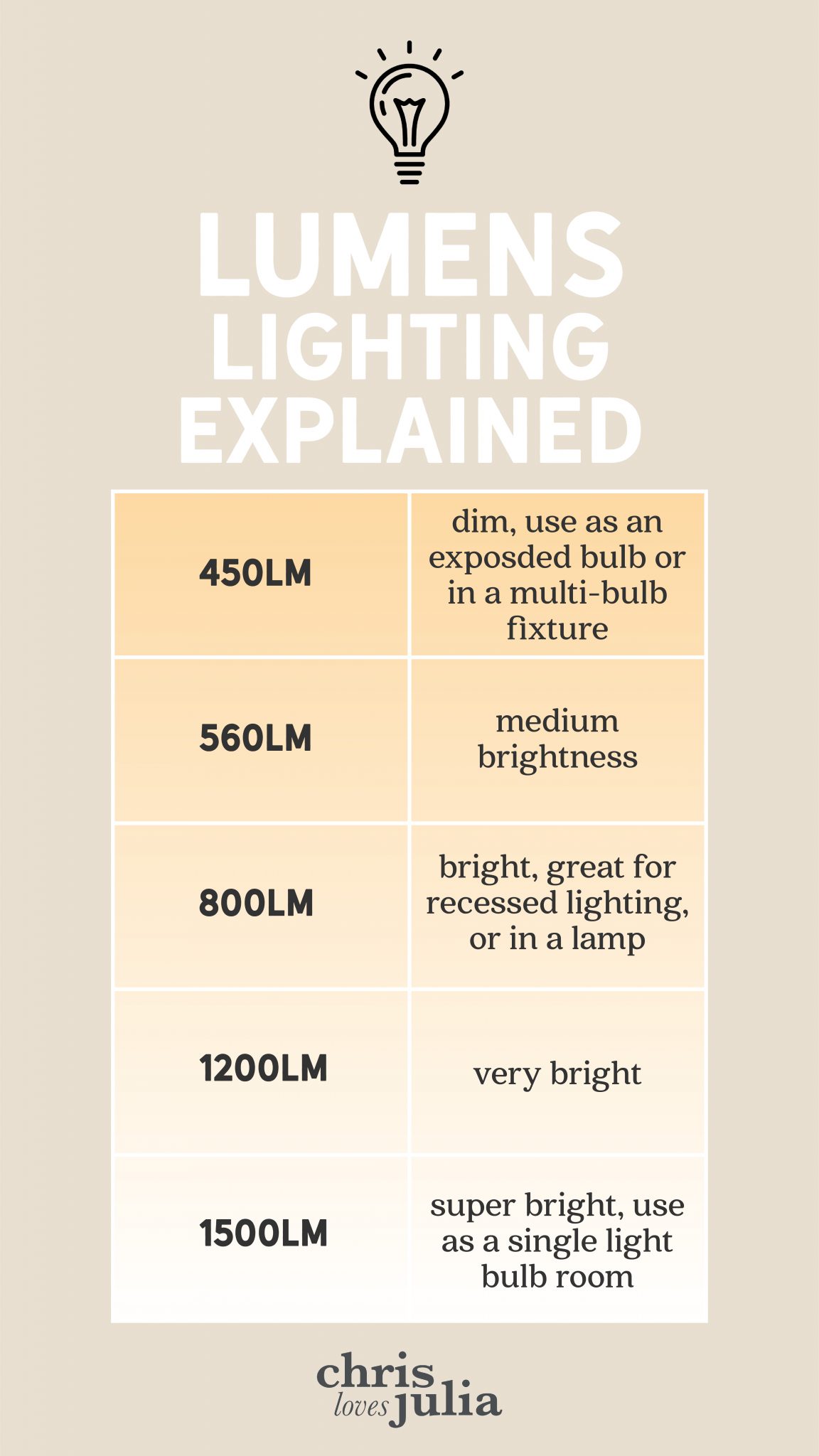
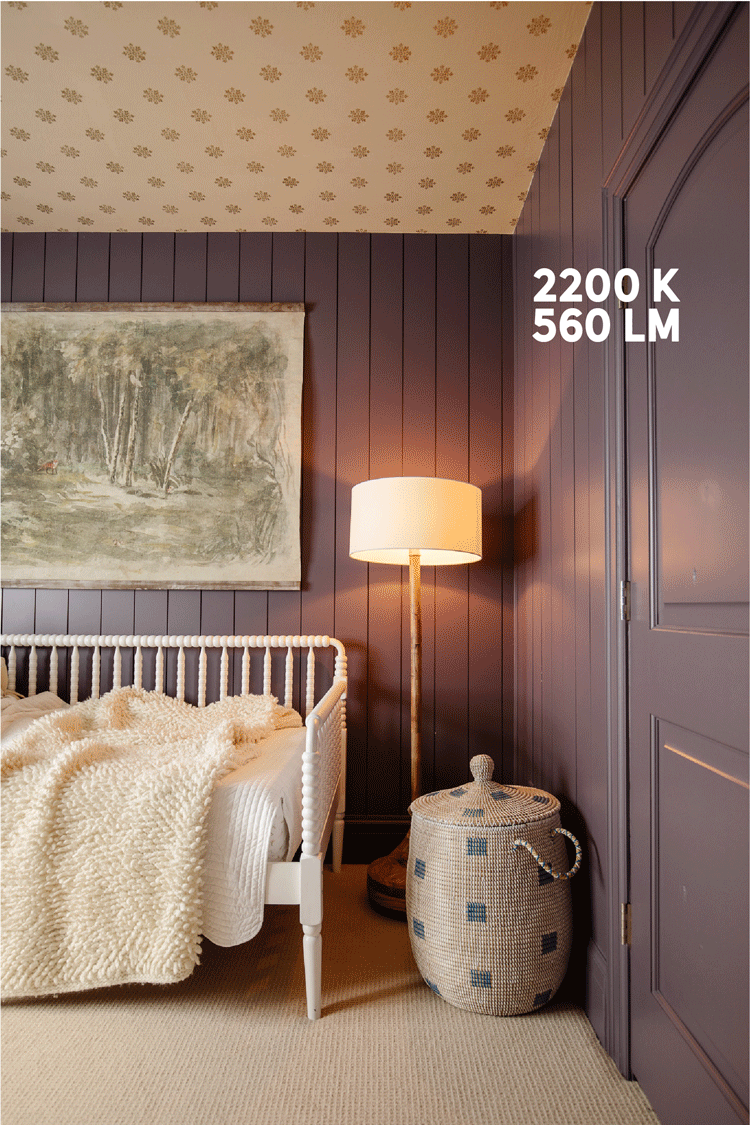
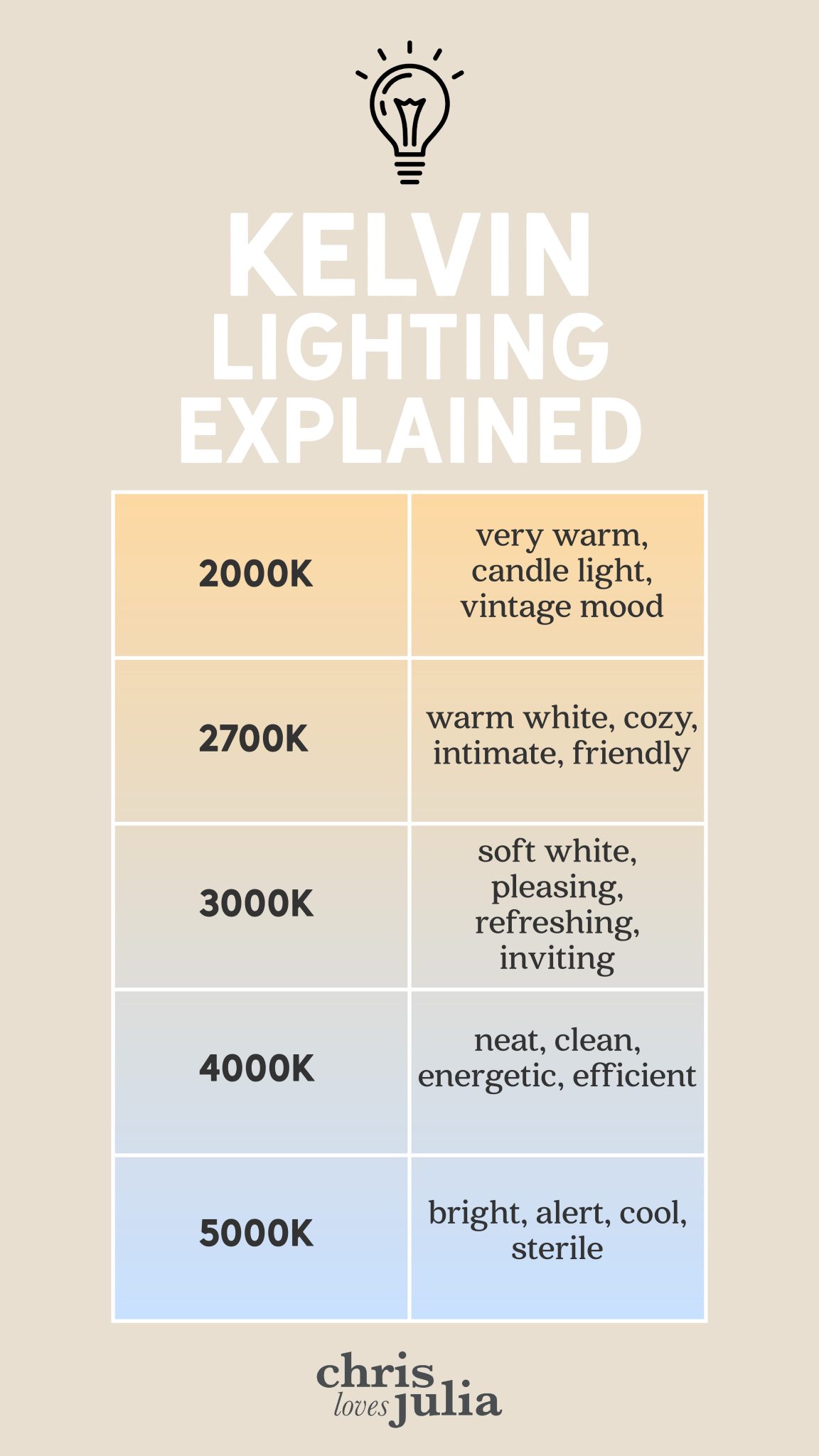
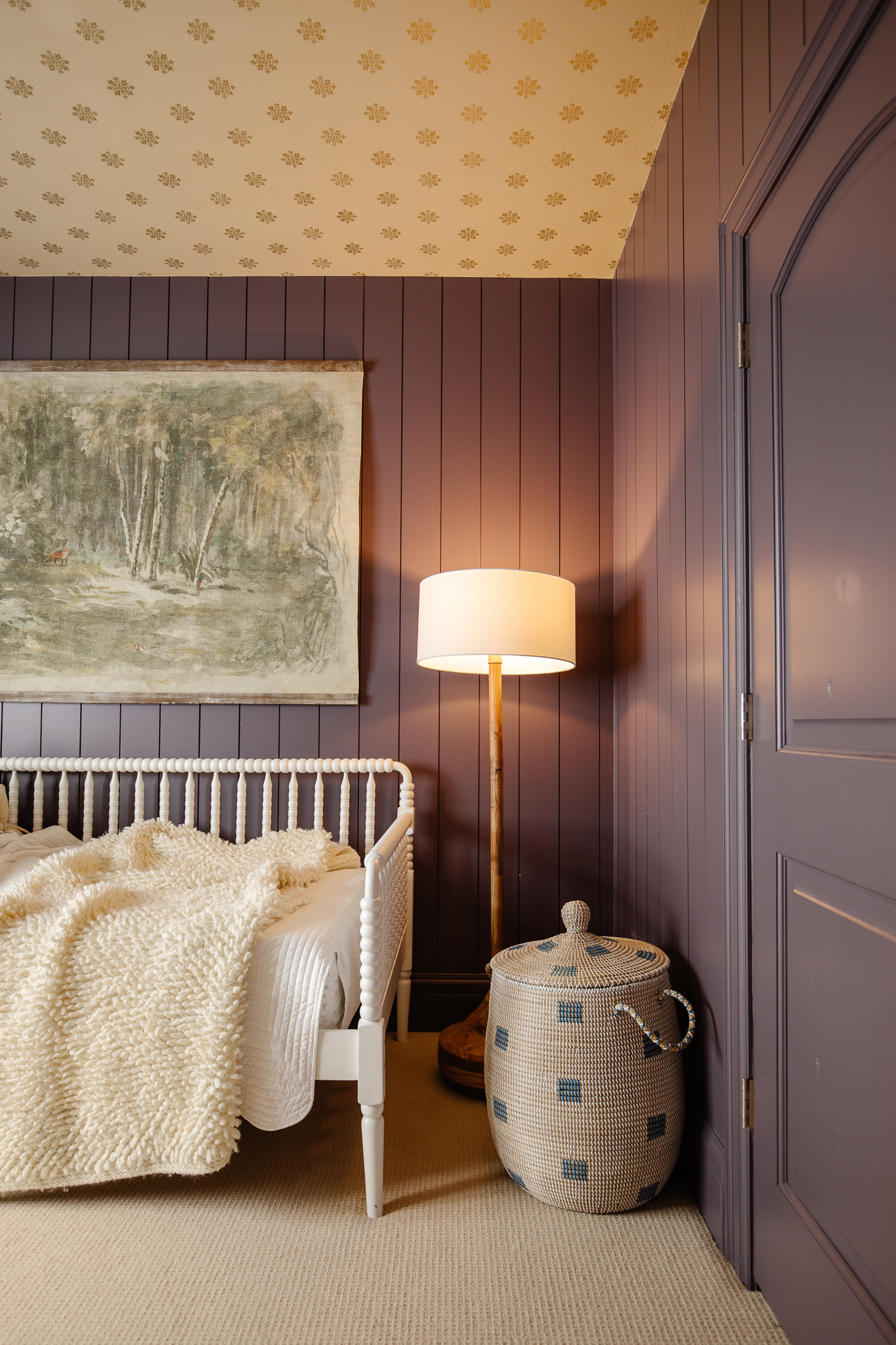
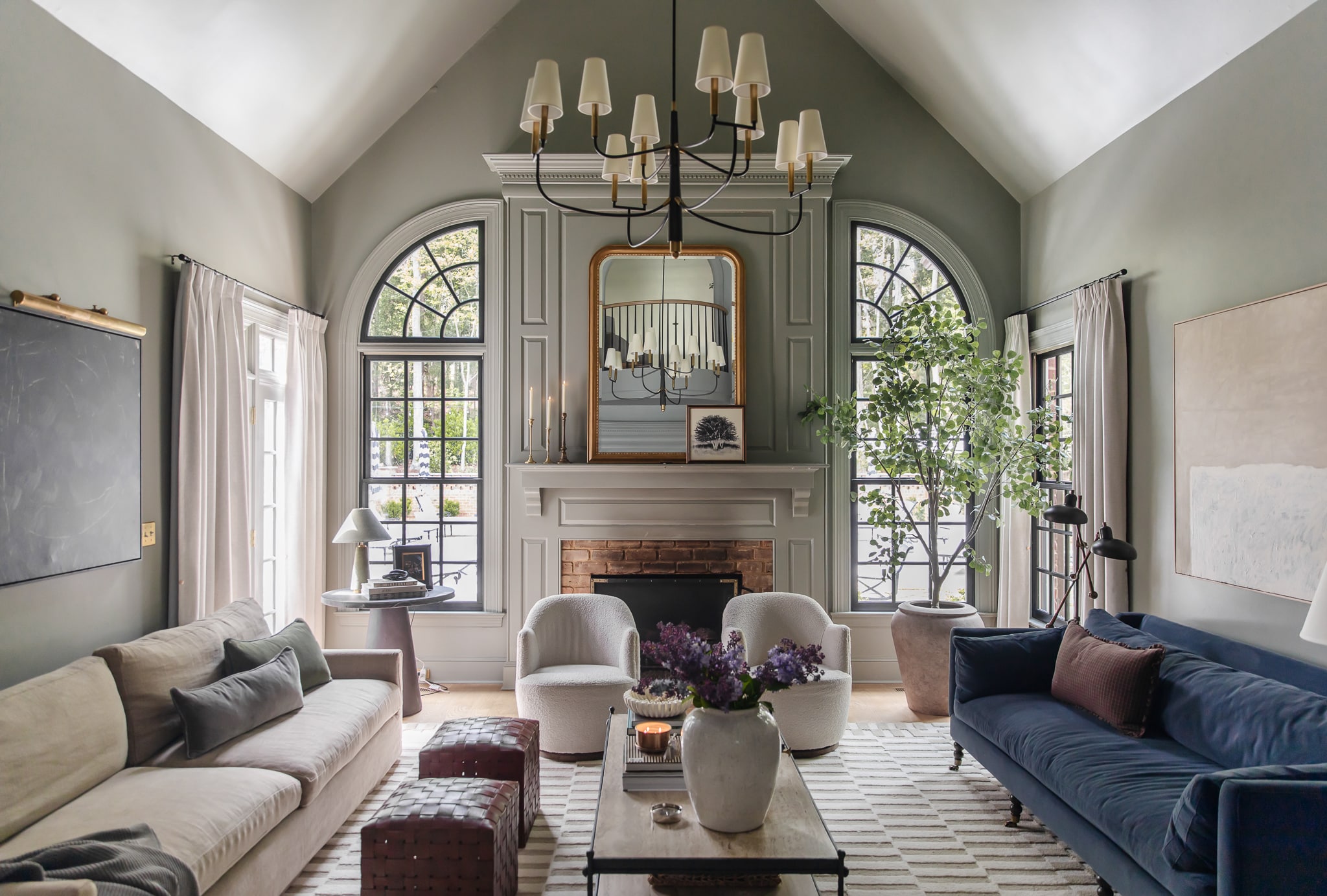

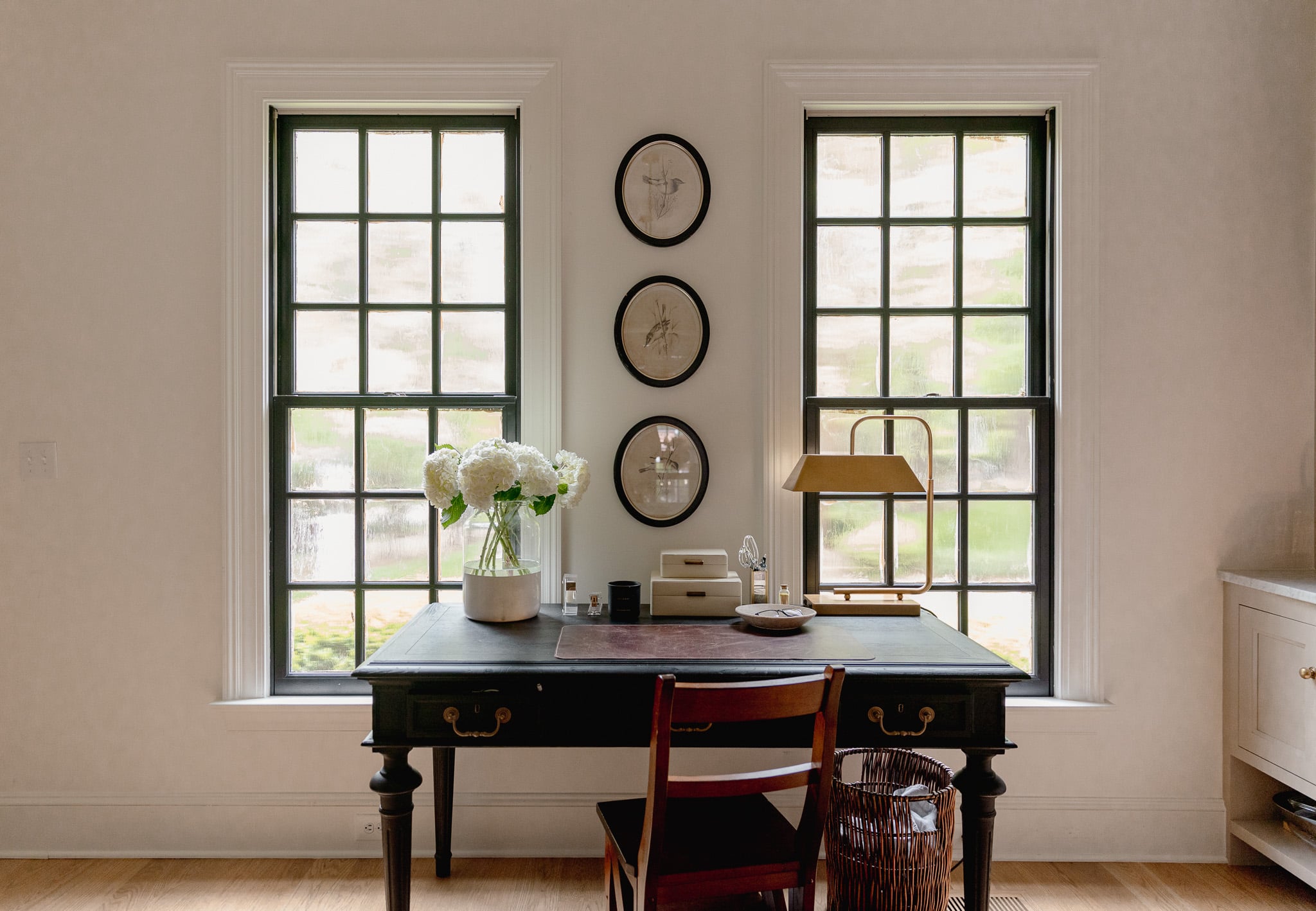
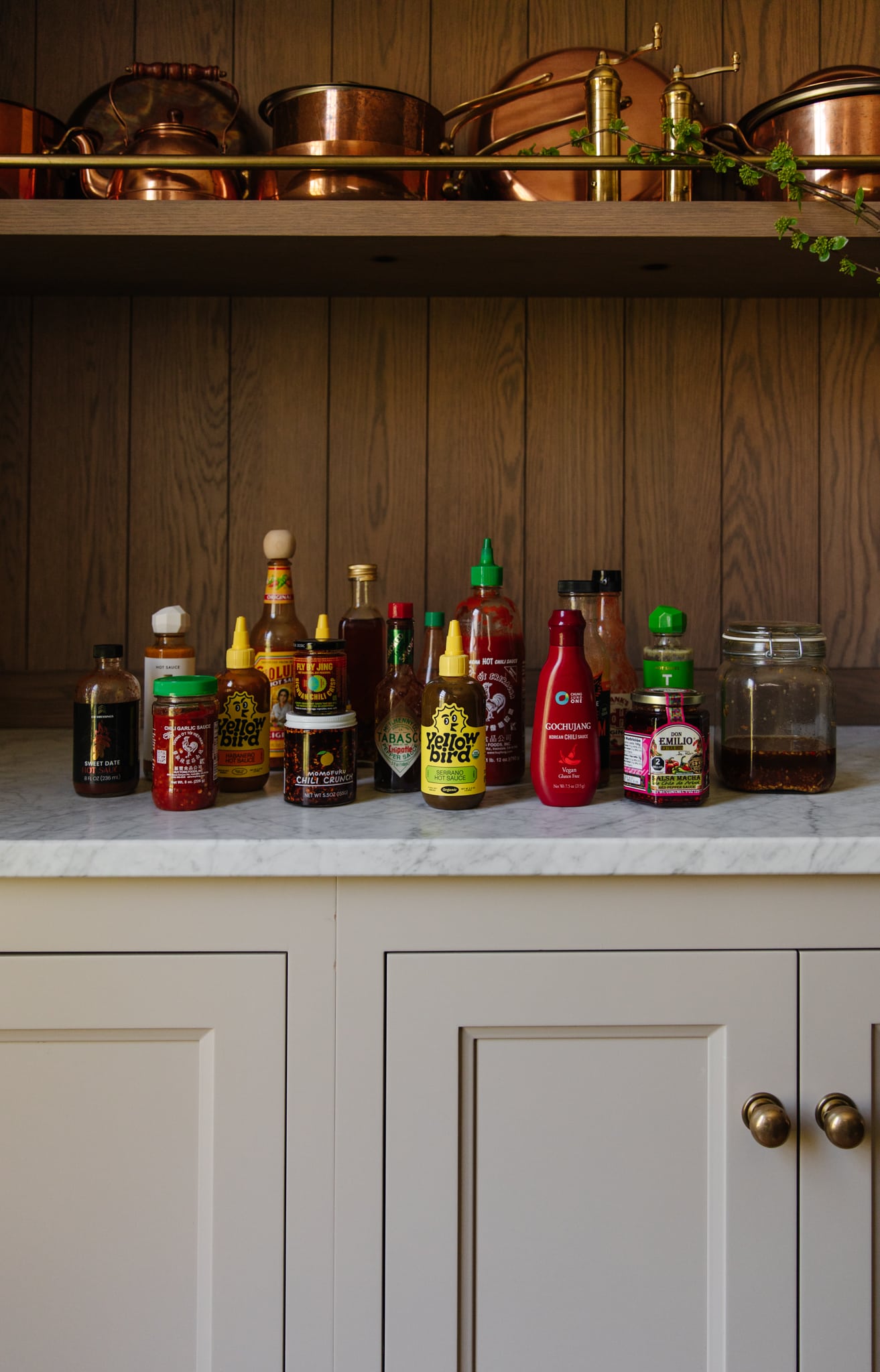
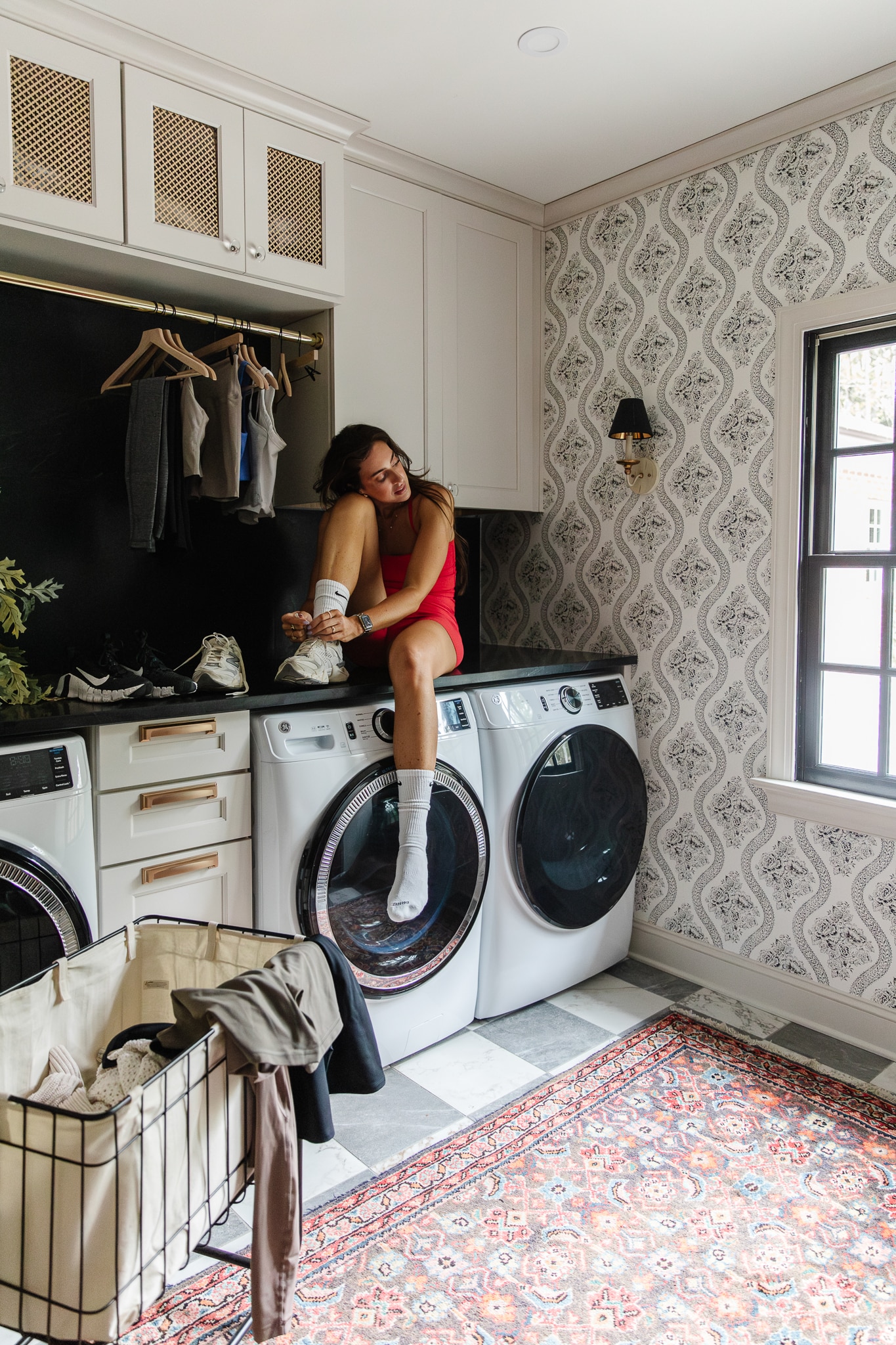
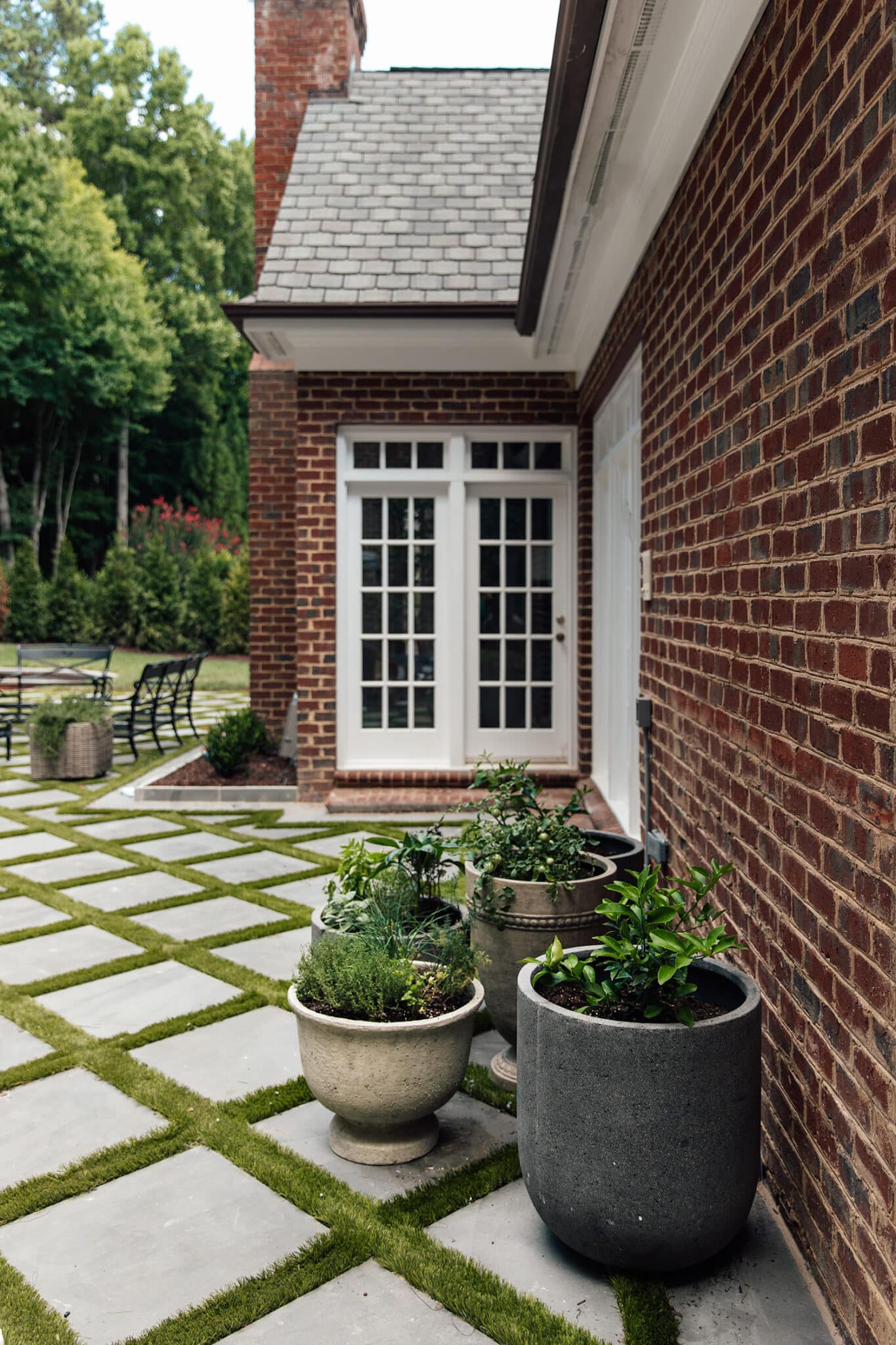
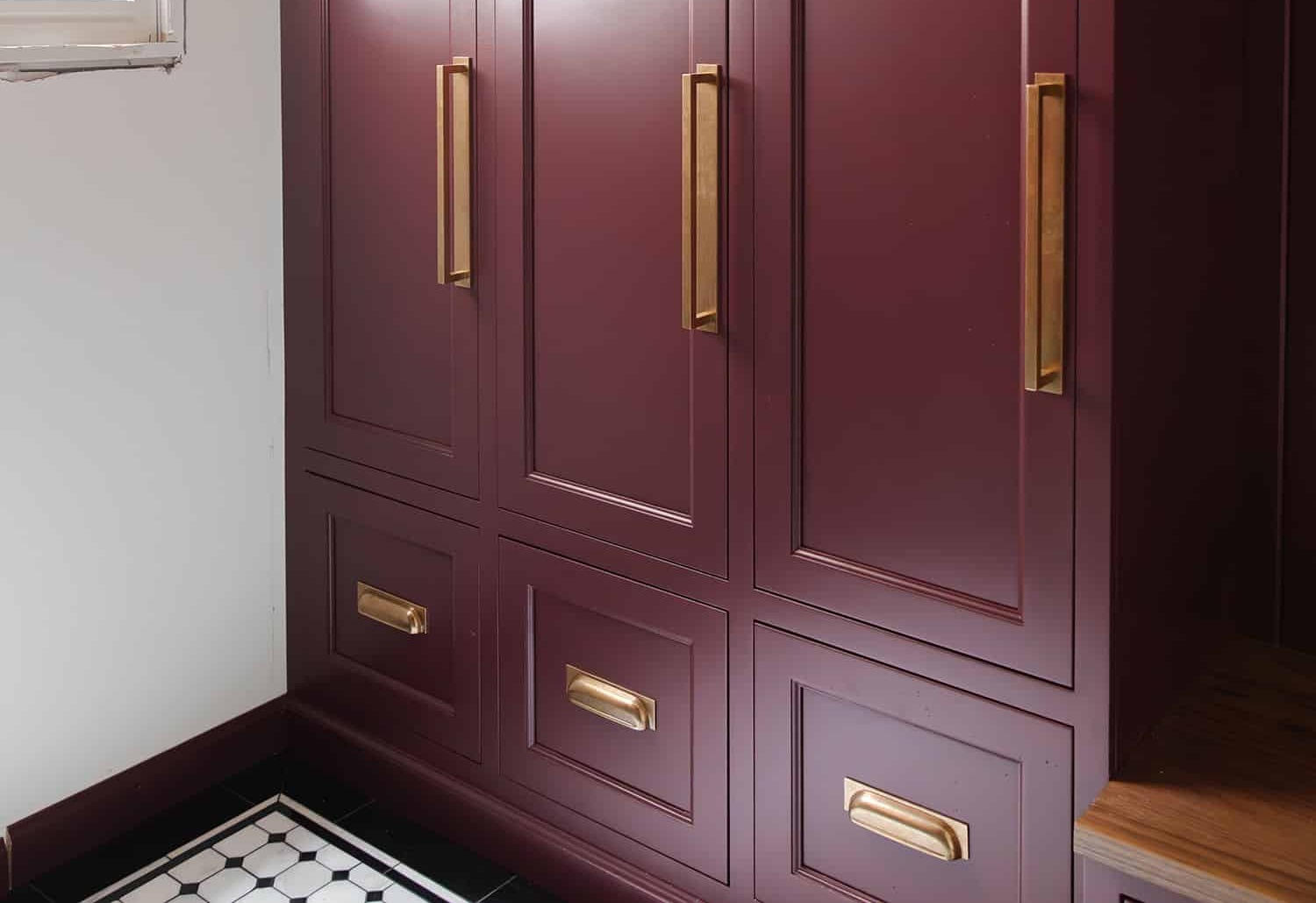
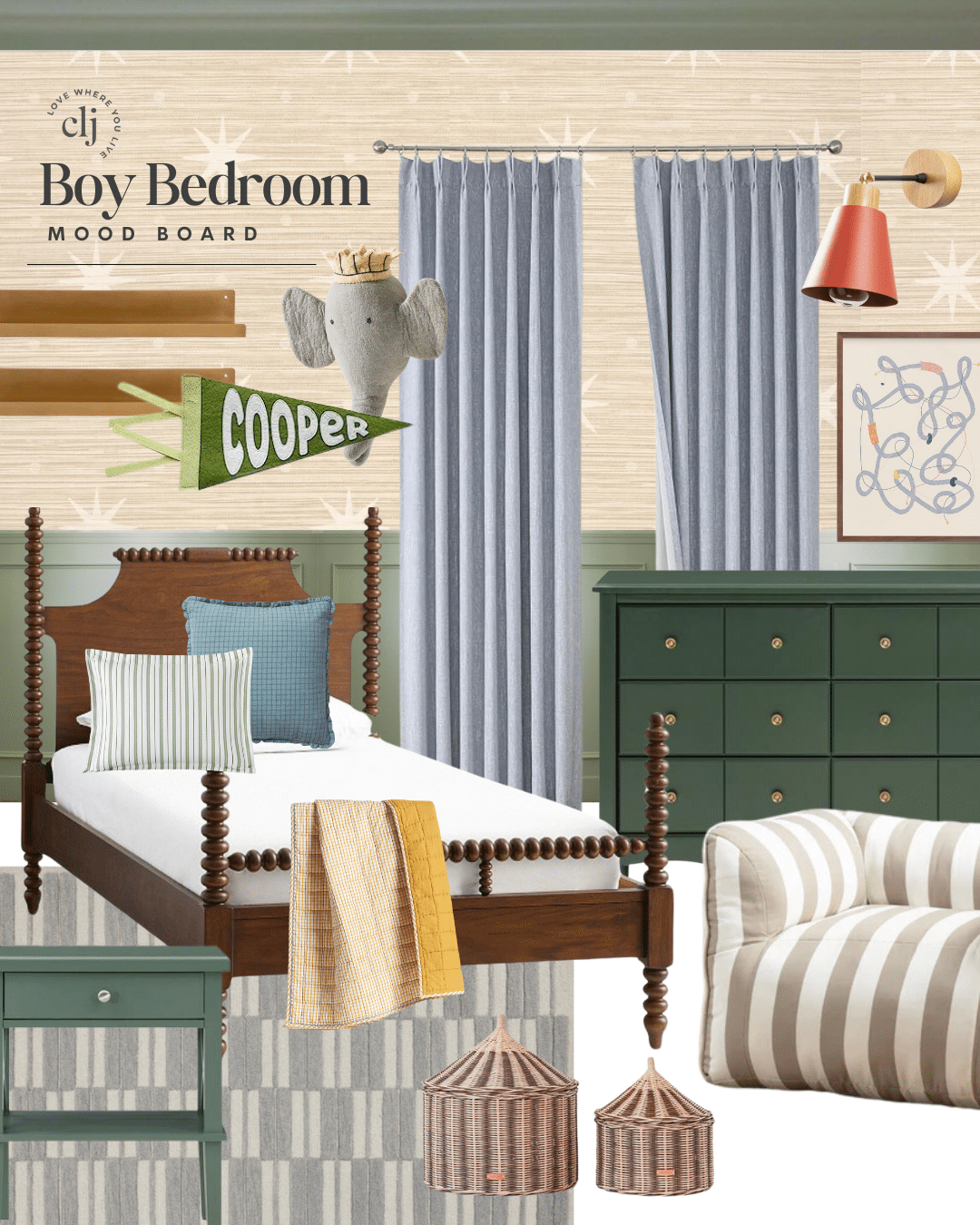
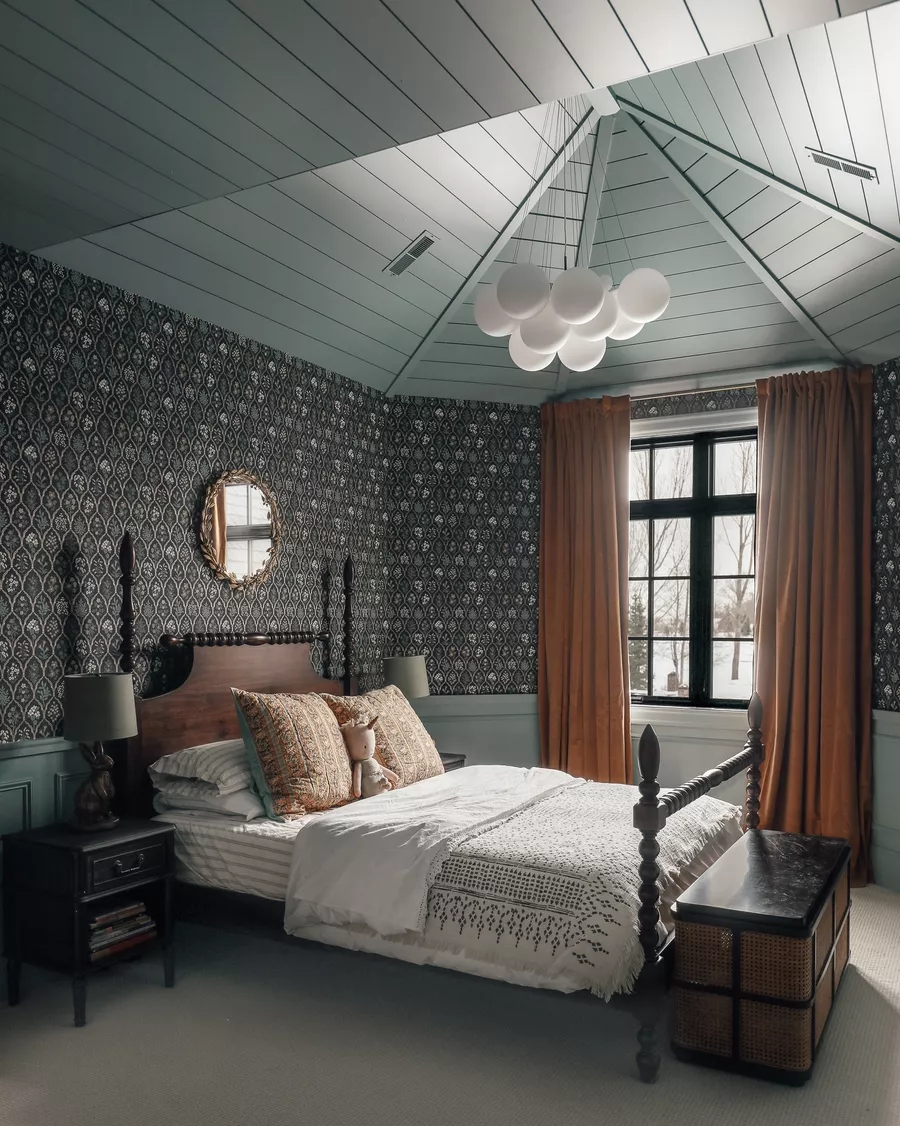
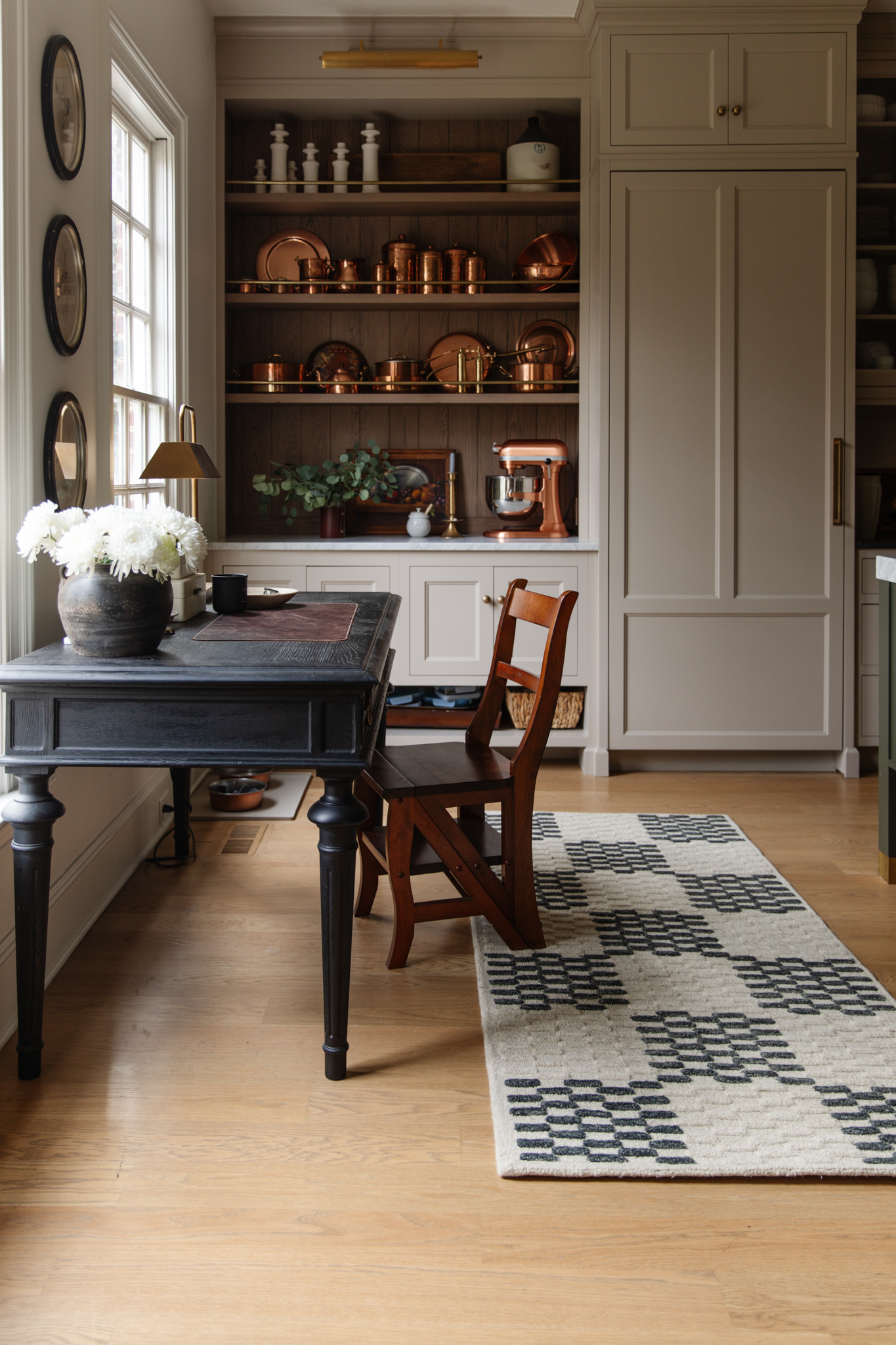
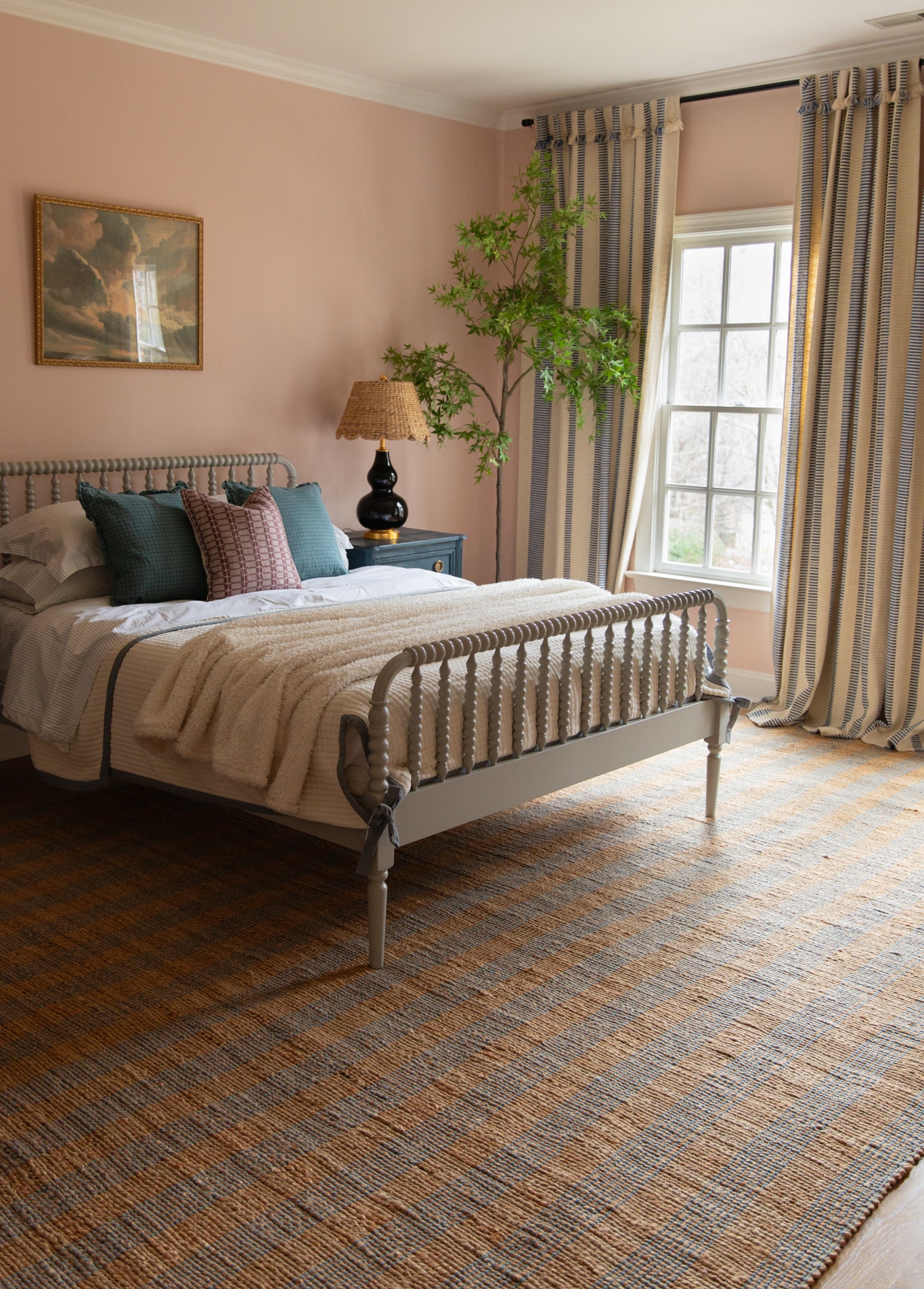
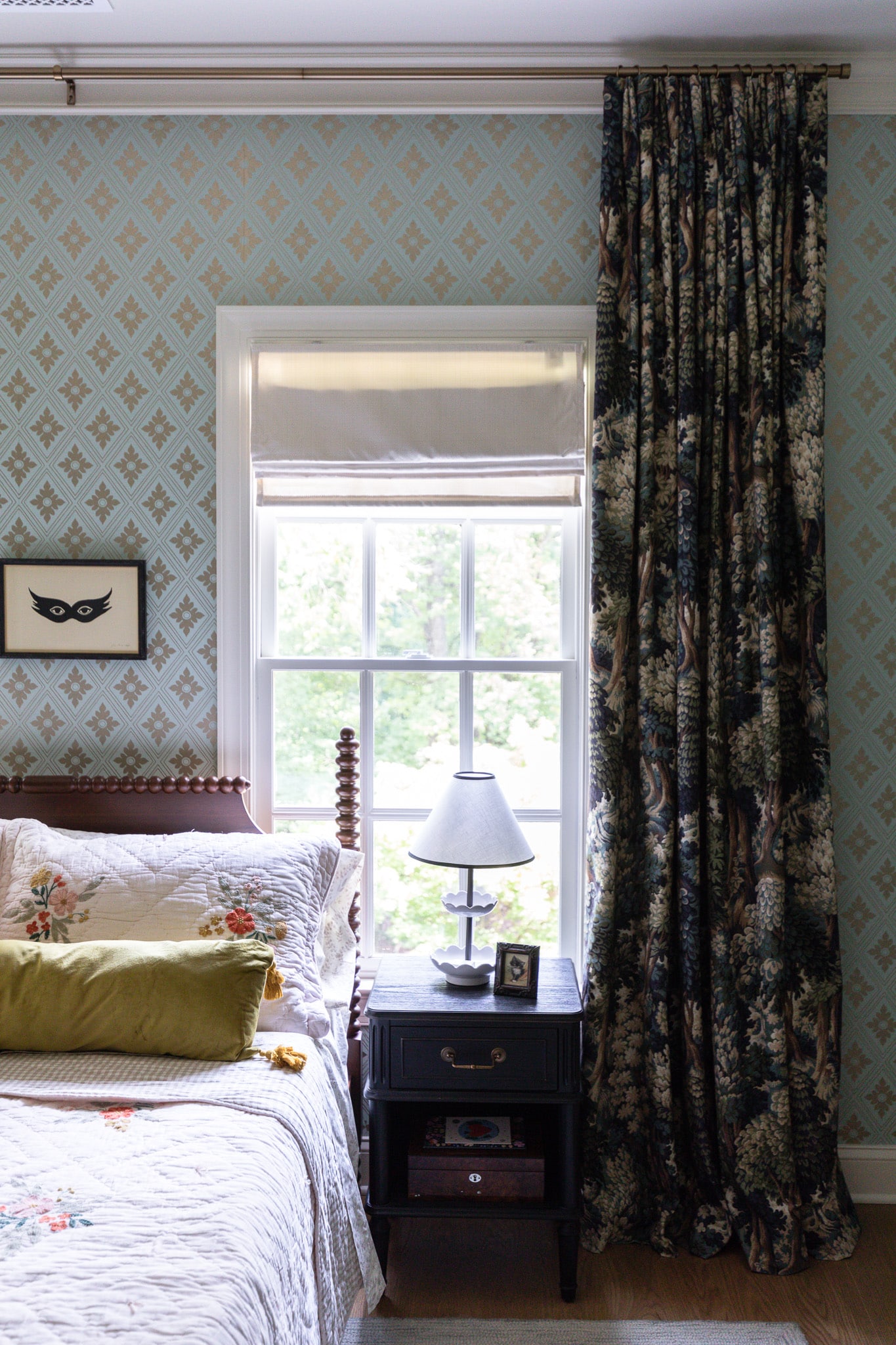
So helpful!! Thank you!
Home Depot has a whole line, called Ecosmart, with 3000K! I just picked up a bunch and new recessed light replacements. This post has been so helpful to get the correct color and brightness for the different areas of our home.
This is the most helpful post I have ever read!! I had a real fear of the light bulb isle at Home Depot before. Thank you so much for sharing your knowledge!
My ceiling lights have been giving me a headache lately, and this guide was SO HELPFUL in helping me to decide what to do about it! I’m wicked excited to go out lightbulb shopping now with this new intel. Thank you so much for the guide!
This post is great – thank you! the target up and up 3K bulb is not available on target anymore. do you have an alternative option?
This is great; know I will refer to it repeatedly in the future. I have Struggled! to find soft and warm chandelier bulbs (with chandelier base) for a non-dimmable front hall light (the bulbs are exposed; no shades). The space is already very bright during the daytime due to windows, and is open to the living room, which yields soft pretty light at night. So, these bulbs don’t need to be particularly functional, just welcoming and warm. I would so appreciate any suggestions you can offer! Thank you!
LOVED the visuals!!!! Soooooooo helpful!!!! Thank you for this post I will always refer to!
Yes! yes yes yes <3 Your first lighting post was a huge help for me when it posted, and I have since become comfortable with 3000k in most fixtures with the occasional 2700 in a low lamp atmospheric fixture. Still a little trial and error for lumen levels but I'm getting there! Great to know the Target bulbs are worthwhile. I get the Feit electric ones from Home Depot and Ace but you do have to scan the shelves to find 3000K!
I like daylight best because of the trurer colors it renders and don’t think it’s sterile at all.
Yes! I am so excited for this post and have been wanting someone to do this for a while 🙂
Thank you so much for this info. I’ve been sticking to the 2700-3000 Kelvin rule but had no idea about lumens! My question is chandelier bulbs. I have a fixture hanging over my kitchen table and my husband got bulbs that are blinding when turned up and gloomy when dimmed. There are six bulbs – should I look for 3000/450? Do you have a favorite in that type? Thanks again!
I would go down to like 250 lumens, 400 max!
Thank you for replying; I’m on the hunt!
Great post! I would add that looking for the CRI is also an important factor. CRI is Color Rendering Index and tell you how well the color looks compared to daylight and halogen. The higher the CRI number the better and true the colors (fabrics and skin) look. You want to have a CRI of 90+. The lighting facts on the packaging hardly ever mention the CRI (I think they must in California because of their local laws), so you have to do your research when buying. But it is worth it! I would also recommend when buying bulbs to look for dim-to-warm. When the bulb dims the color becomes more warm and amber – like an incandescent bulb. Great for bedrooms, living rooms (movie night!) and even bathrooms!
5000 Kelvin has its place. My husband moved his law practice from a high-rise commercial space with enormous windows to a very large, even elegant home office on our lower level. It has everything except natural light – just one small north-facing window.
No surprise, he just found it dark and dreary and even contemplated leasing space again for $$,$$$.
Then I spent what would ordinarily seem like a small fortune replacing every single bulb (recessed, side lamps, task lights, even the lights in his private washroom) with 5000K — without telling him.
After a couple of weeks, he mused that he must be getting used to his new office because now it seems much brighter than before. 🤗
Now if I can only keep him out of the 2700 stash destined for the rest of the house: luckily, yes, they jump out.
Totally! I mentioned in a different comment above 5000K is really great for a space for no natural light.
Thank you for this guide! The previous owner of our home had every.single.fixture filled with what must be 1500LM and 5000K bulbs. It was blinding!
I’ve noticed bulb packaging still seems to read mostly in watts – you have to hunt for the kelvin and lumen (even the target ones you linked!). We should start a letter writing campaign.
We use these! They are the best because you can choose what Kelvin you like (we chose 3000K)
Hi Julia! I loved this post, it was so helpful as we plan to move in a month and I agree that lighting in a home is so important for the vibe! Just a heads up – the target bulbs you linked have pretty poor reviews (7 of the 13 are one star – yikes!) so I didn’t know if you had better experiences? Or if you would recommend another brand?
Thank you!
We really love them! (I better go leave a review) I’m going to hunt for other options to share too!
Yay! So excited for this updated post. I have referenced the old post a number of times and even as recently as two months ago! I love the info graphics and updated links. Already have 3000K – 800 Lumens in my shopping cart to update my wall sconces.
I’ve been team 3000K for a long time, and just gave away a few 2700k bulbs that snuck into the house. It great that Target stocks 3000K bulbs now. But I struggle getting dimmable bulbs in a lower lumen for my dining room fixture. Do you have any recommendations? (And why are they always packaged in 4s when I need 5 bulbs)
And welcome to NC this summer. I’m looking forward to seeing you embrace shorts, red clay, and BBQ.
I think this is going to be one of your most popular posts ever. I never quite got it before you created those graphics. I just painted a windowless bathroom light pink, but it leans peach so I needed a slightly cooler clear bulb that couldn’t be too bright. Thanks to this I found what I hope will be the perfect bulb!!!!
Maybe I’m just used to 5000K from work (printers check color under 5000K lights) but I’ve always hated the orangey glow from most light bulbs used in homes. Or maybe it’s because 5000K is supposed to replicate noon in Atlanta and I’ve mostly lived in The South. We decorate with pinks and blues and to me the colors look better with the cooler colored light.
About two years ago we moved into a house where the previous owners mixed light bulbs willy-nilly. There are incandescent and compact florescent swirly bulbs of various Kelvin temperatures even in the same fixture! As bulbs burn out we replace them with LEDs in our preferred 5000K color in heavily used rooms and consolidate the old bulbs in less used rooms (trying to match type and color so it’s less annoying).
Thanks for the lumens chart – it’s a great help in deciding what to buy for different locations.
My guess (total guess) is a place with less natural light–like an office or even a house!–leans on a 5000K bulb to give that natural light look. But if you have a lot of natural light, you lean on bulbs to add some warmth.
I like 3000 personally. If it’s the only source of light for the room–go for a really high lumens
What a great post! Thanks so much. What about outdoor fixtures? Any guidelines to follow or Kelvin suggestions?
I still reach for 2700-3000K! But go for a really high lumens!
Love this post. I’m still not sure what to get for a clear globe fixture over the kitchen island. I want something dimmable, but soft. Can you suggest a bulb? I’ve bought so many bulbs and they are either too cool or look like a bug light.
How about this one?
Thanks so much for this helpful post ! I have a lamp I love that has the dimmer built into the switch but the bulb flickers.
Any suggestions? I currently have the Target bulb in the lamp.
Not all bulbs are dimmable so it’s important to find one that says it is! These ones say dimmable.
This is so very helpful! What bulbs do you use for a 3-way lamp? I seem to have mostly those and am having trouble finding the right bulbs. Thanks in advance for your help.
3 way light bulbs are a different beast because they combine 3 different lumens in one bulb! Dimmable bulbs are more common now, but I did find this 3 way one in my favorite 3000 Kelvin!
This is so helpful! I seriously had no idea what any of that meant. Thanks for the visuals.
Really helpful, Julia! Thank you so much! Who would have thought it would come to such a complicated process.
Btw, I simply had to have Polly’s floor lamp, and I love it in my office. Haha!
Preach!!! We were at a lovely AirBnb a few weeks ago that had 5000K lightbulbs in kitchen overheads. I couldn’t stand to be in that room at night as a result. This post may be your MOST IMPORTANT lesson in how to create a beautiful, cozy room!
Thank you! What are your thoughts about outdoor bulbs (front porch and lamppost)? So many seem to be the bright white, almost bluish, hue now. Do you have a suggestion for a long-lasting warm bulb for outside?
Same kelvin color concept applies! You just want to up the lumens for exterior.
If the bulbs you’re using have quality dimming, and you’ve got a compatible dimmer, a higher lumen bulb can be dimmed down to a fraction of the output (down to 400 lumens, for example). If you want to do this make sure your bulb is dimmable down to 10% at least and ensure that your bulb and dimmer match one another. If you are using incandescent or halogen bulbs, you’re likely to get good dimming with whatever you already have, but the color temperature will get warmer as you dim. If you’re using LEDs you may need to do more research (or be open to trial and error), but unless you specifically buy a warm dim bulb the color temperature will remain consistent as you dim.
👏🏻 This👏🏻
Thank you so much for this post! So helpful and clear. I will definitely be referencing it in the future
This is so helpful! My question though is if you have a table light on the esch side of a couch, what should you aim for in total lumens? Do you get the lower lumen bulb since there are two?
Yes! Start with 400
What light bulb do you recommend for an exposed pendant light with a glass shade? I grabbed a “vintage style” LED, but even with the clear glass vs amber glass bulb, it reads way too yellow – which now I know is kelvins ;) but not sure what to use that would look good with the exposed bulb.
Get the color you want but go for a very low lumen (like 250)
What lightbulb do you recommend for an exposed pendant light with a glass shade? I got a “vintage look” bulb but it reads wayyyyyy too warm even without the amber glass.
A low kelvin will always be super warm. An exposed bulb you always want a really low lumens (200-400 max!) and you can find a 2750 kelvin that looks vintage
Love this post!! The comparison pictures are so helpful. I’ve been looking at new light fixtures and trying to figure out how much light they will give off compared to my old one. If the new fixture just has max wattage listed, does that just mean I can choose whatever lumens that I want, as long as it doesn’t exceed the specified wattage?
Yup!
Amazingly useful post. Thank you so much! I desperately hate bad light. Nothing ruins a mood more but I have no idea how to figure this out myself. Grateful.
Amazingly useful post. Thank you so much!